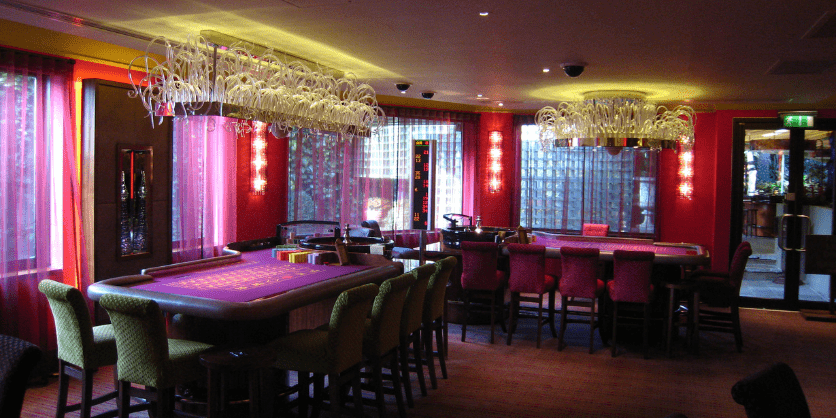Shining a Light on the Burgeoning Smart City Market

Converting existing street lighting from legacy sources to LED has become big business all over the world for many lighting manufacturers over the past decade, but now it’s time to level up. According to a report compiled by Fortune Business Insights, the market size of “smart” street lighting on a global level is projected to grow from USD 2.41 billion in 2022 to 8.3 billion by 2029.
Connected street lighting systems and their involvement in the growing demand for smart city technology is growing in popularity — especially as more funding opportunities are available through infrastructure bills and other government-funded incentives.
The Fortune Business Insights’ report notes that large-scale projects in the Middle East, South Asia, and Latin America as well as established markets are demanding smart technology be incorporated into the latest street lighting projects, with numerous vendors involved ranging from smart grid and telecommunications operators to smart city-focused vendors and lighting manufacturers. “Moreover, Energy Service Companies (ESCOs), urban management companies, and infrastructure investment funding agencies are playing a major role in financing and carrying out connected street lighting projects,” the report stated.
Perhaps nowhere is there a more apt example than the city of Grand Rapids, Michigan, which is set to embark on a groundbreaking transformation of its urban lighting infrastructure with a smart street lighting project. Not only will the project revolutionize the city’s lighting capabilities, but it will bring forth a new era of intelligent and energy-efficient illumination.
In all, there will be 18,037 smart lighting nodes installed atop each street light, effectively creating a connected network that enables the city to remotely access, monitor, and control its entire lighting system in real time. This cutting-edge technology will allow for greater flexibility, responsiveness, and enhanced energy management, positioning Grand Rapids at the forefront of smart city initiatives.
Handling the control aspect is the Dimonoff | SCMS Urban Asset Management Platform, which serves as the control center for the entire connected street lighting network. This platform empowers the city to configure, control, monitor, and meter all streetlights. It also provides powerful operational insights and the ability to tailor lighting conditions to specific needs, further promoting safety, security, and sustainability.
The asset and work management module allows for proactive management of light bulb failures identified by the platform. Through specific alarms and notifications, Grand Rapids’ teams will be able to optimize routing and schedule interventions by keeping track of issues and escalating maintenance work orders. Unnecessary maintenance costs can also be avoided thanks to the exact technical asset configuration, geographical location, and type of problem provided by the platform. This avoids unnecessary maintenance costs related to fieldwork and ensures that the city’s workers are deployed effectively.
“We are thrilled to be part of this landmark project in Grand Rapids. The implementation of our smart street lighting solution represents a significant step towards building a more intelligent and eco-friendly urban landscape,” said Bernard Têtu, founding President at Dimonoff. “With our advanced technology and expertise, we are confident that this partnership will set new standards for smart city initiatives, ultimately benefiting the citizens and the environment.”
Managing Director of Public Services James Hurt also expressed his enthusiasm for the project, stating, “This smart street lighting initiative is a game changer for our city. By harnessing innovative technologies, we will improve the quality of life for our residents and enhance safety and security for all.”
The project is expected to be completed in Q1 2024 and embodies the Michigan city’s commitment to a smarter and greener future while setting a new standard for urban development and innovation.
The smart lighting component is an extension of an earlier project in 2021, where the city of Grand Rapids spent $9.46 million to convert all of its city street lights to LED [the installation was handled by Strain Electric] in a move estimated to save $350,000 annually in energy costs and reduce the city’s carbon footprint.









